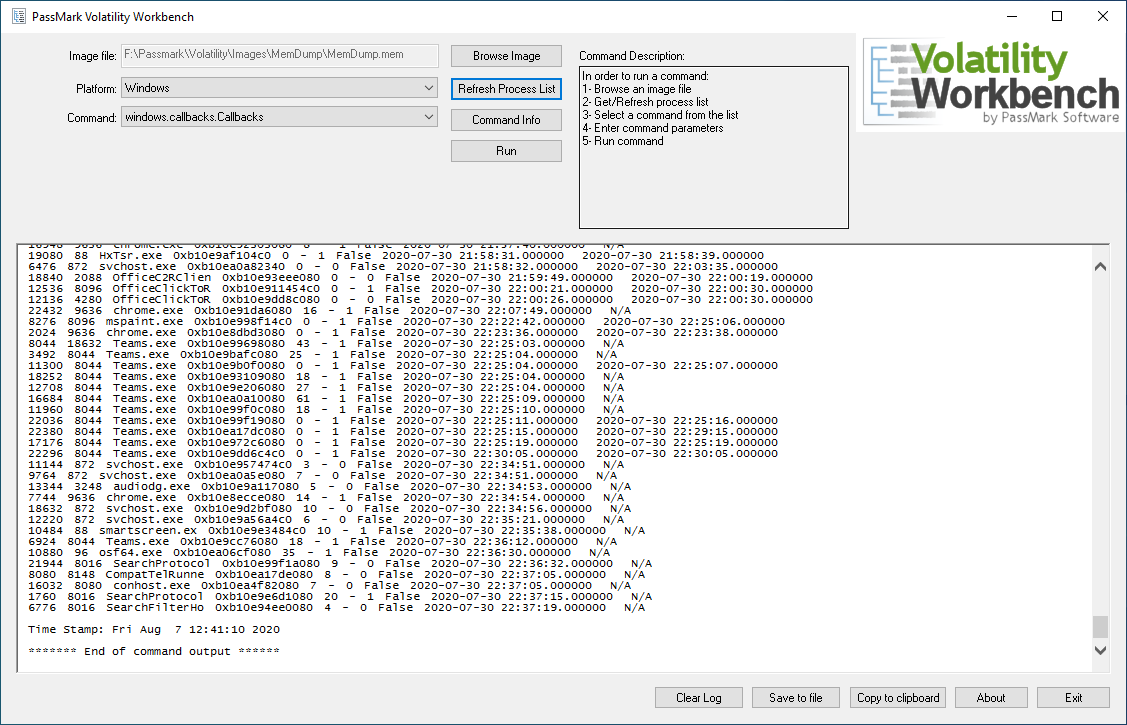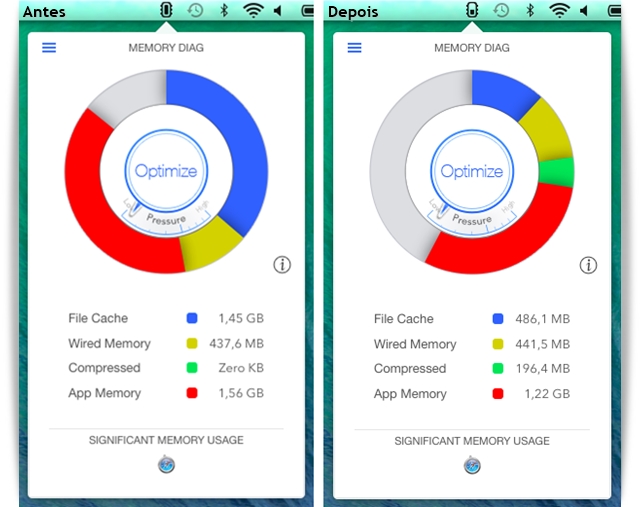

#Windows 10 command line memory diag windows#
After the test is complete, your computer will restart and return to the Windows desktop.The test may take several minutes to complete, and your computer may appear to be unresponsive during this time.If you choose to run the test immediately, your computer will restart and the memory diagnostic tool will begin testing your memory.Select whether you want to restart your computer and run the test immediately or schedule the test for the next time you restart your computer.Press the Windows key + R to open the Run dialog box.To perform a memory diagnostic test on a Windows computer, follow these steps: Double-click on the event to view the details, which will include information about any errors found and corrected by CHKDSK.Īlternatively, you can also check the chkdsk result in the command prompt window after the chkdsk process is done.Look for an event with the source "Wininit" and event ID 1001.In the left pane, click on "Windows Logs" and then "Application".Open the Start menu and type "Event Viewer".This may take some time, depending on the size of the drive and the number of errors found.Īfter the CHKDSK process is complete, you can review the results by checking the Event Viewer for any entries related to the CHKDSK. Wait for the CHKDSK process to complete.Note: If the drive is in use, the command prompt will let you know that the volume is in use, and ask you whether you want to schedule the disk check the next time the computer restarts. The "/f" flag tells CHKDSK to fix any errors it finds on the drive. In the Command Prompt window, type "chkdsk C: /f" and press Enter.Right-click on the Command Prompt app and select "Run as administrator".Open the Start menu and search for "Command Prompt".To run a CHKDSK (check disk) on the C: drive on Windows 11, you can follow these steps: Notepad sfcdetails.txt Step 2: Run an online repair DISM /Online /Cleanup-Image /RestoreHealth Optional: review what files were corrupt findstr /c:"" %windir%\logs\cbs\cbs.log >sfcdetails.txt If corrupt files found and successfully repaired them, go to step 2.If no corrupt files found, skip step 2.Run cmd.exe as an administrator sfc /scannow Wait a few seconds to complete.If you suspect there's any inconsistences with your Windows system files, try running through the below process. Type in Enable-MMAgent -mc and press Enter.


#Windows 10 command line memory diag how to#
How to Enable Memory Compression in Windows 10 & 11 Reboot your computer to apply the change. Type in Disable-MMAgent -mc and press Enter.

How to Disable Memory Compression in Windows 10 & 11 Look for In use to see if memory compression is on or off.Īll of the following steps require you to next open Windows Terminal as Administrator. Press the Windows Key + X and click on Task Manager. How to See if Memory Compression is Enabled or Disabled in Windows 10 & 11 Before proceeding, remember that it is recommended that you leave Memory Manager on. Memory Manager is on by default, but some people claim to reduce lag if they have a high-end CPU. Compressing memory reduces the amount of memory used per process, allowing the operating system to maintain more physical memory applications before enacting traditional paging. Memory Manager (MM) was designed to compress infrequently-accessed memory pages, which reduces the number of reads and writes to the disk (pagefile) and therefore improves responsiveness. Windows 10 & 11 use Memory Manager by default, but you can enable or disable it. A newer feature introduced in Windows 10 and continuing with Windows 11 is Memory Manager or MM.


 0 kommentar(er)
0 kommentar(er)
